汉斯·霍夫曼尼恩(1880-1966)

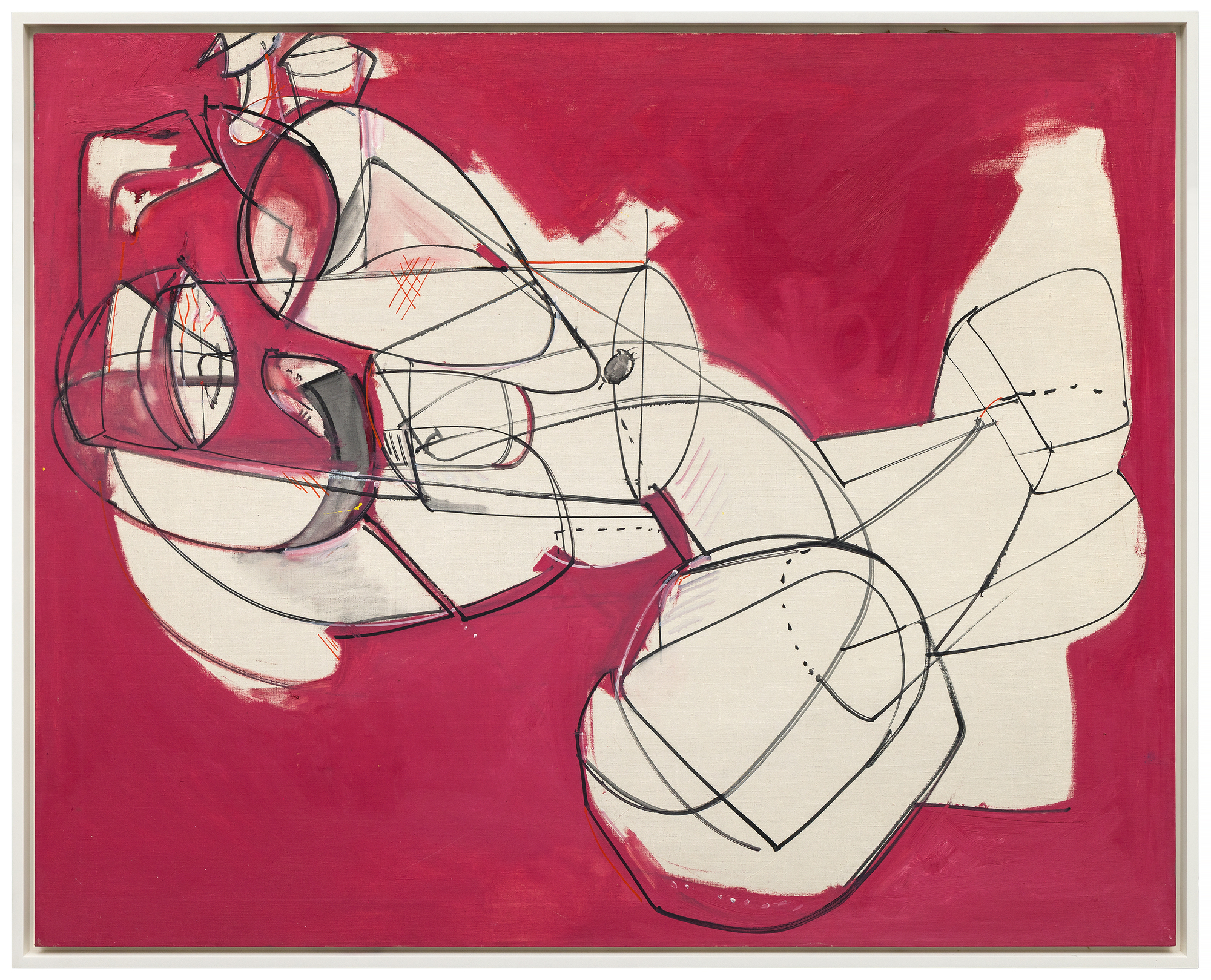
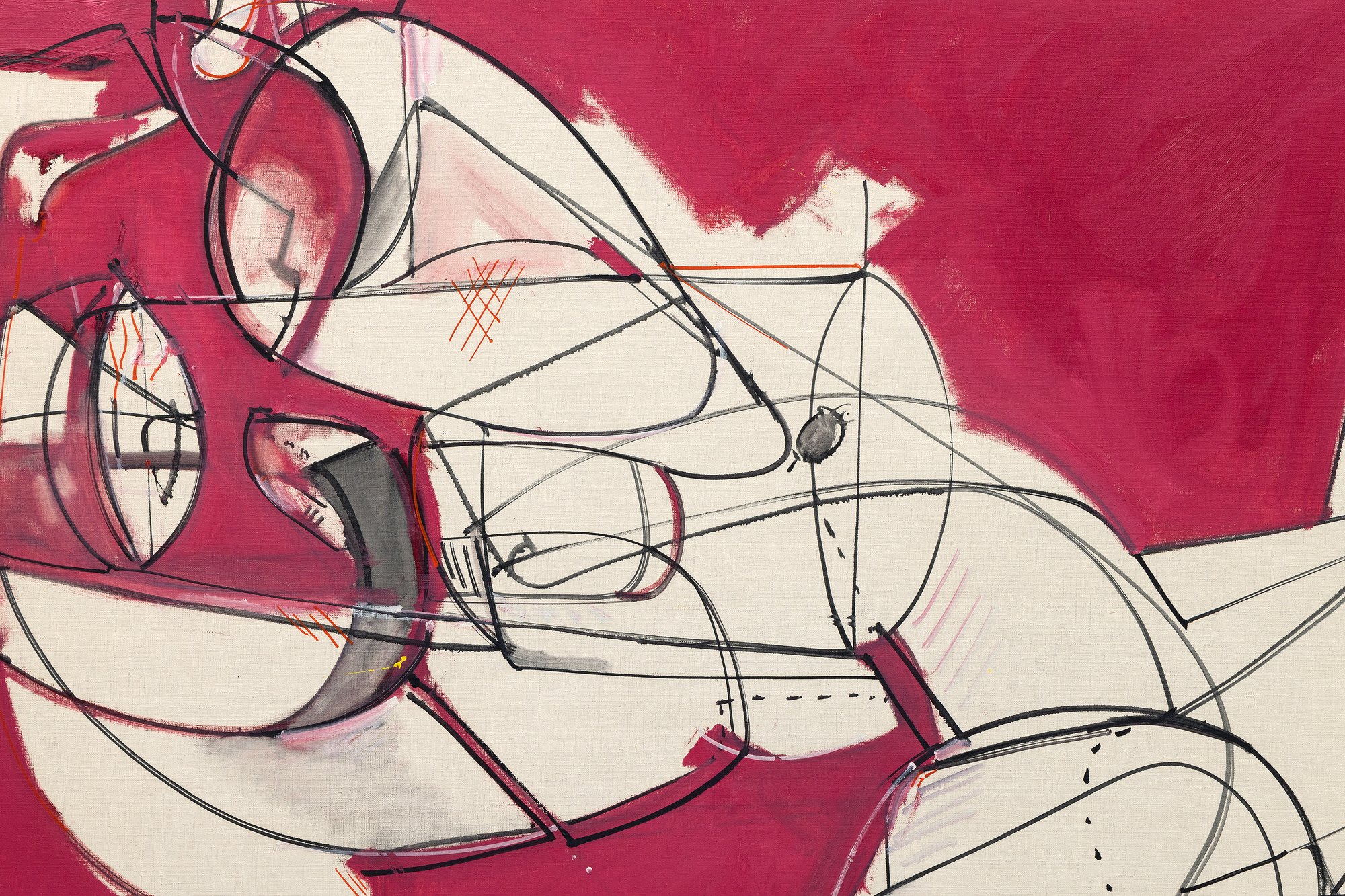
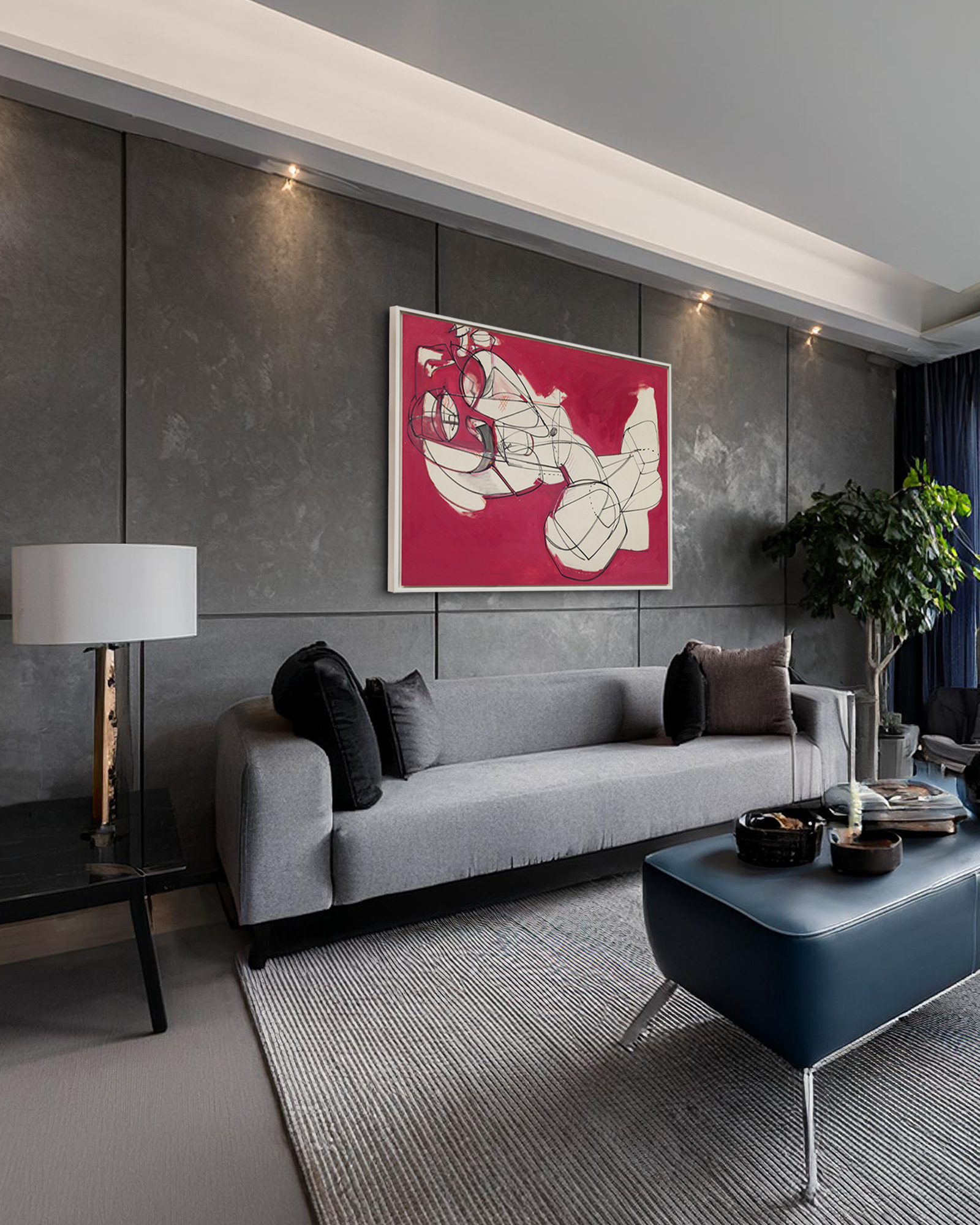
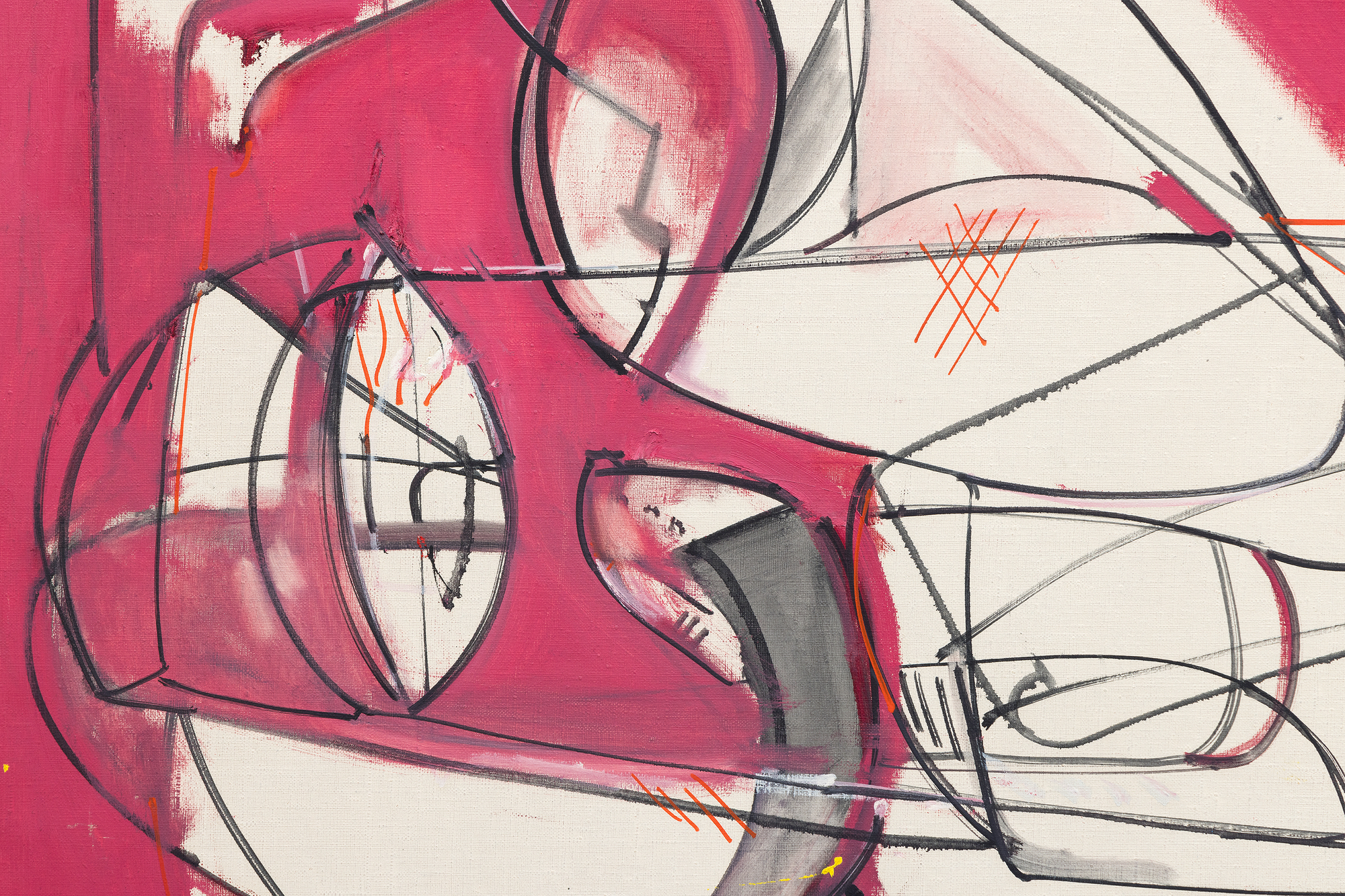
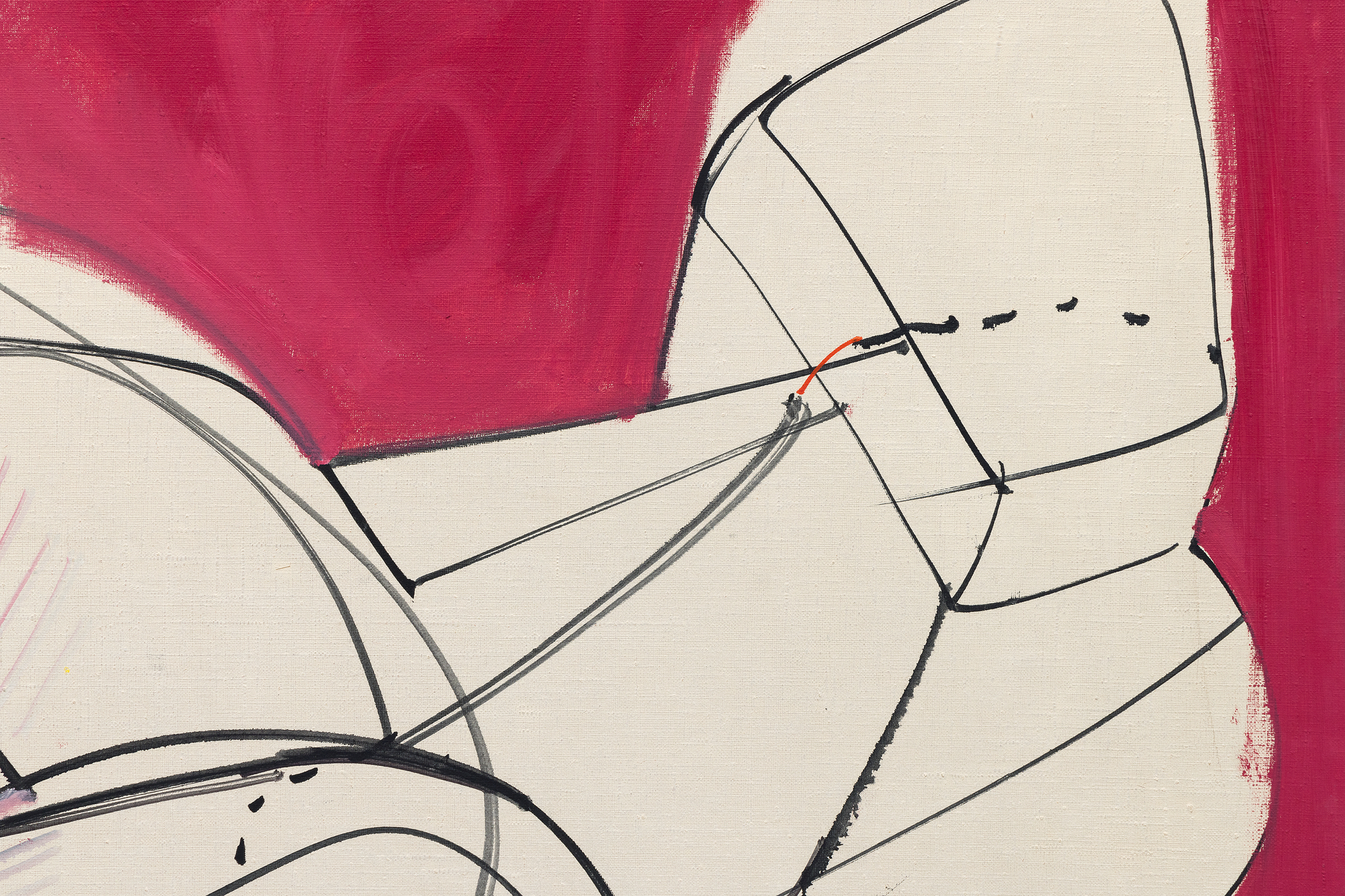
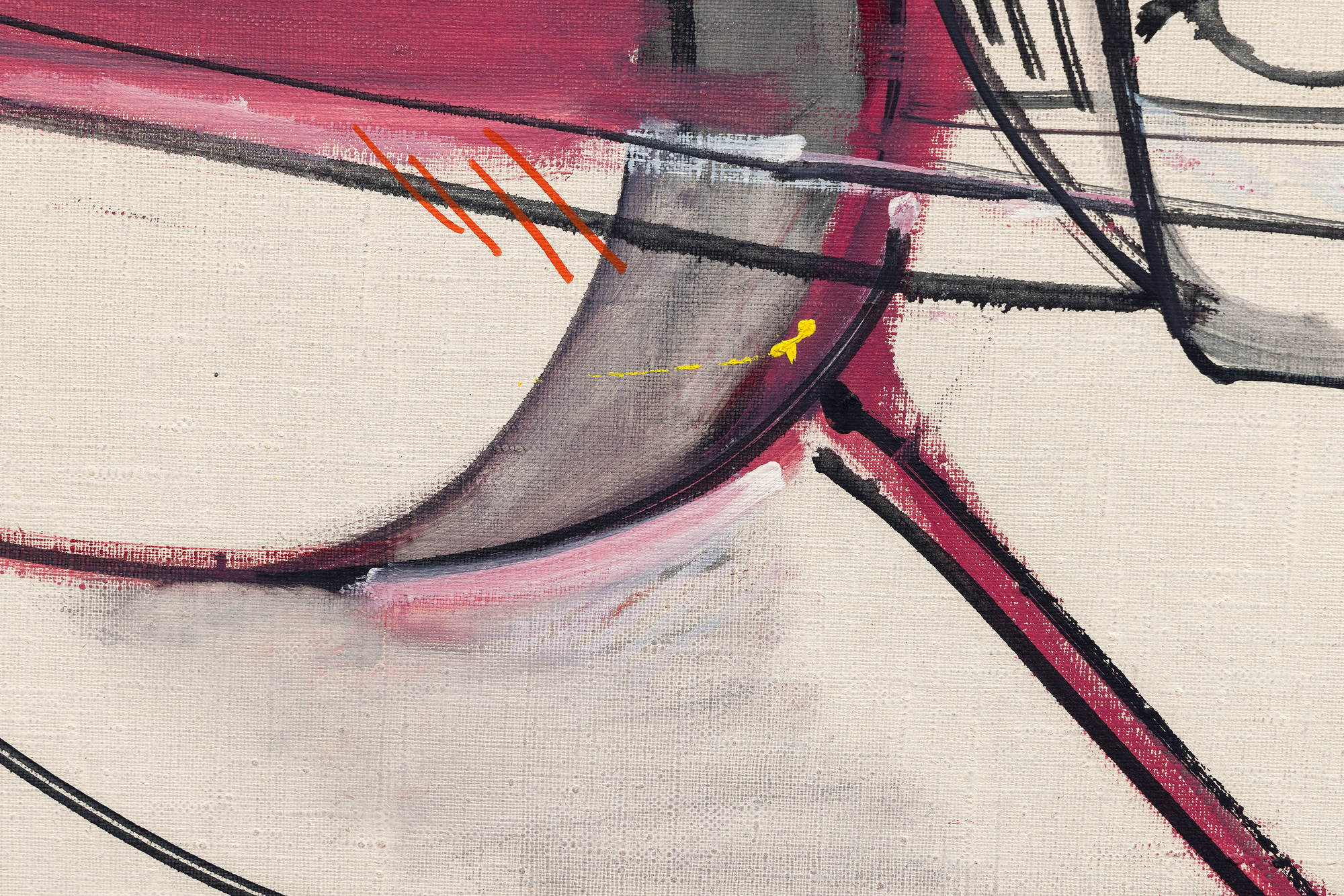



种源
安德烈-艾默里奇画廊,纽约州纽约市汉斯-霍夫曼遗产
纽约州纽约市 Ameringer & Yohe 美术馆
私人收藏,新泽西州
展会信息
纽约,纽约,贝蒂-帕森斯画廊,汉斯-霍夫曼:近作,1947 年 3 月 24 日至 4 月 12 日纽约州纽约市,美国艺术与文学学院,汉斯-霍夫曼,1971 年
加拿大多伦多,大卫-米尔维什画廊,汉斯-霍夫曼:从三十年代到六十年代,1972 年 4 月 15 日至 5 月 23 日
纽约,纽约,安德烈-艾默里奇画廊,汉斯-霍夫曼:1947-1952 年,4 月...更。。。1976年4月3日至28日
纽约,纽约,Ameringer Yohe,汉斯-霍夫曼:毫不掩饰的无意识;对霍夫曼和超现实主义的思考,2006 年 3 月 30 日至 4 月 29 日
文学
辛西娅-古德曼,《霍夫曼:阿贝维尔现代艺术大师》,纽约,1986 年,第 45 页,第 56 页(黑白插图)Jed Perl, Hans Hofmann, The Unabashed Unconscious:对霍夫曼和超现实主义的思考》,纽约,2006 年,第 37 页(彩色插图)
苏西-维利格,《汉斯-霍夫曼:绘画目录》,第二卷,萨里,2014 年,HH 目录编号 1135-1947,第 382 页(彩色插图)。
...少。。。 价格625,000
在这一时期,霍夫曼对线性的依赖与他早期作品中更为流畅、更具活力的绘画风格截然不同。从 1944 年到 1951 年,这种线性冲动贯穿了他的创作实践,标志着他对表达方式的长期探索,在这一过程中,他努力调和抽象与结构。有些人认为这一阶段是对美国艺术崛起于世界舞台的活力突破的退缩,而另一些人则认为这些画作与众不同。Astral Image #1》挑战了霍夫曼的独特视角框架,将立体主义的严谨性与他作品中充满活力、不羁的能量融合在一起。
这幅作品的平面是鲜艳的茜素深红色,与线条的角势形成鲜明对比,唤起了宇宙中躁动不安的能量,暗示了其标题所暗示的天体主题。这幅画反映了霍夫曼在 20 世纪 40 年代末期进行的深思熟虑的探索,彰显了他独特的创作能力,他的作品不容易被归类,是对形式和色彩的深刻个人探索。


